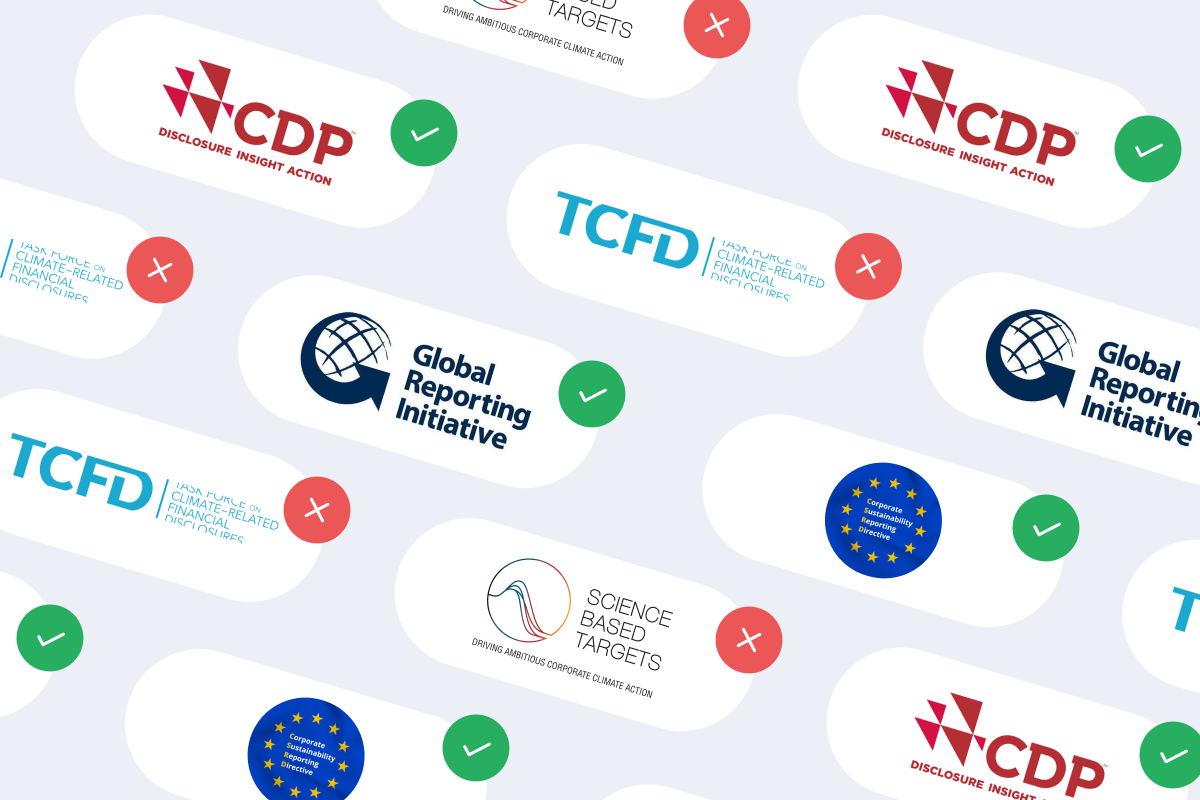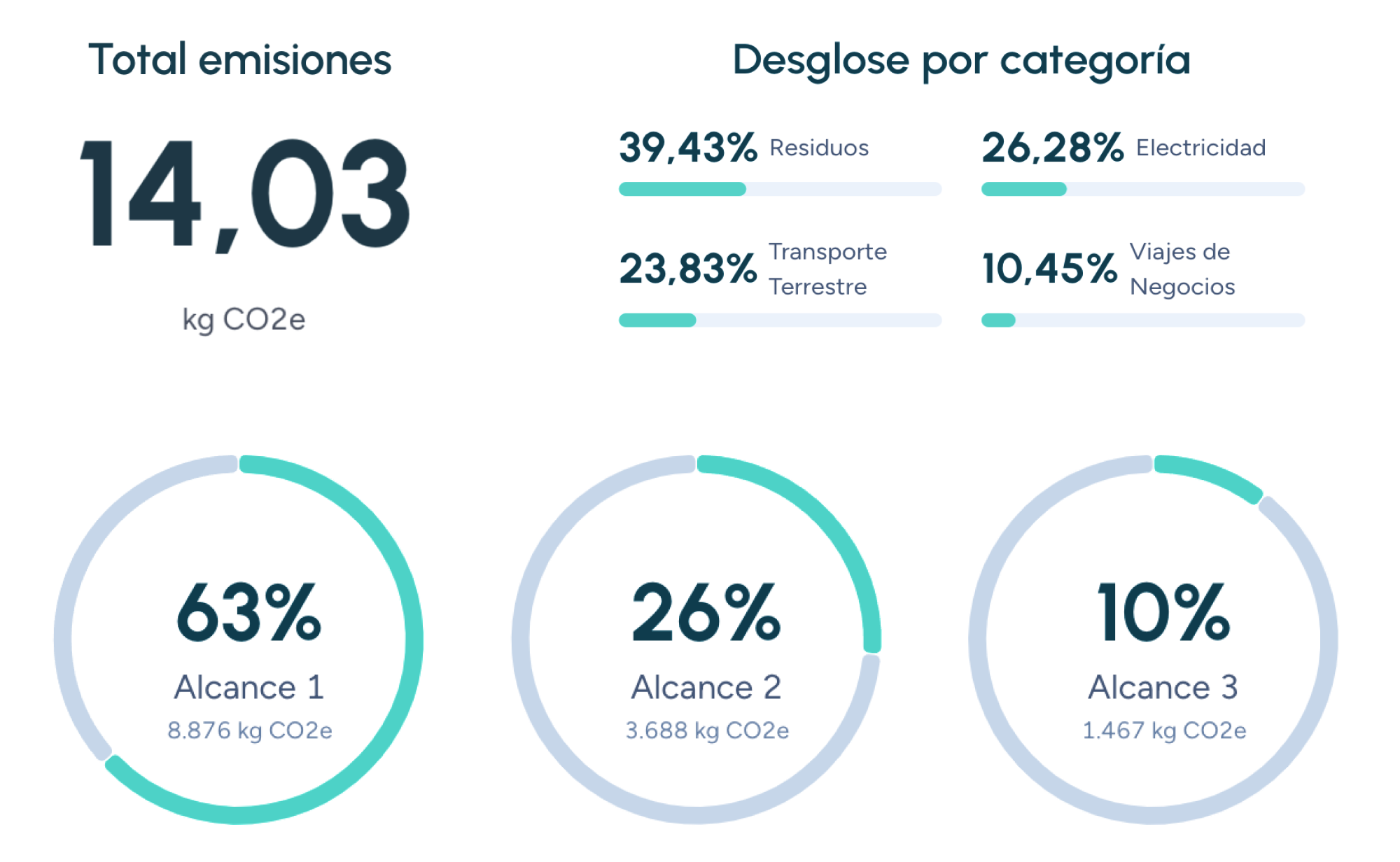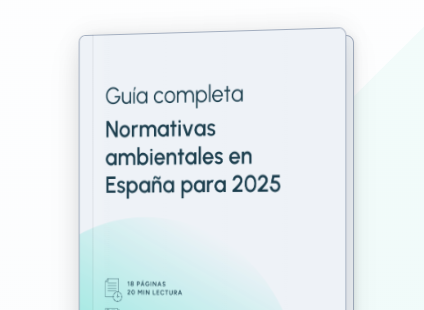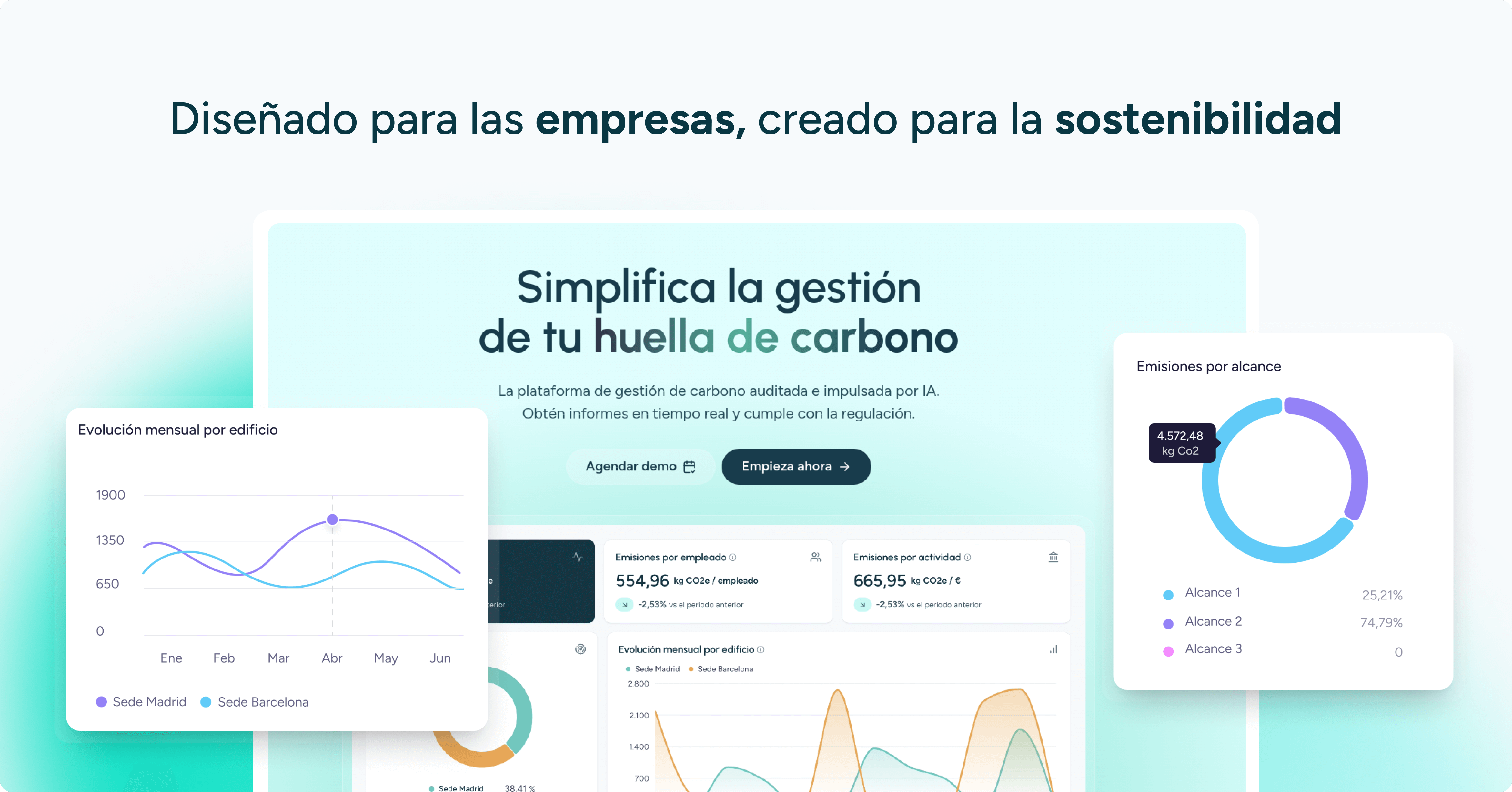Water Stress Index (WSI)
The Water Stress Index (WSI) is a key tool used to measure the relationship between water availability in a region and the demand generated by human activities. It has become a reference indicator in environmental studies and corporate strategies, as it helps identify critical areas, plan resource allocation, and evaluate risks associated with water scarcity.
In a context of growing pressure on water resources—driven by climate change, population growth, and agricultural and industrial intensification—the WSI holds strategic importance for the food, energy, and economic security of countries.
Evolution of the concept
The WSI emerged in the 1980s as an academic indicator, but its use has expanded across:
– International institutions such as the FAO and the European Environment Agency.
– Corporate assessment tools such as WWF’s Water Risk Filter and the World Resources Institute’s Aqueduct platform.
– Sustainability standards such as Water Life Cycle Assessment (ISO 14046), which incorporates WSI as a characterisation factor.
Variables considered
WSI calculations can include several variables:
– Natural water availability: river flows, aquifer recharge, reservoir storage.
– Human demand: agricultural, industrial, and urban water use.
– Environmental water requirements to support ecosystems.
– Climatic variability: droughts and extreme precipitation events.
– Water management and efficiency: losses in distribution networks, storage infrastructure.
Applications of the Water Stress Index
- Public policy and water governance
– Assess the hydrological sustainability of a territory.
– Prioritise investments in water infrastructure.
– Develop drought plans and climate adaptation policies. - Corporate sustainability and business strategy
– Identify supply-chain water risks.
– Select safe locations for new facilities.
– Report in sustainability frameworks (GRI, CDP Water). - Science and research
– Environmental impact assessments.
– Modelling climate change impacts on water resources.
Regulation and reference frameworks
– ISO 14046:2014 – Water footprint: incorporates WSI as a characterisation factor.
– EU Water Framework Directive (2000/60/EC): requires maintaining the good status of water bodies.
Criticisms and limitations
– Excessive simplification: the index does not always reflect water quality or efficiency of use.
– Scale issues: results vary depending on whether it is calculated at basin, regional, or national level.
– Lack of reliable data in developing countries.
Conclusion
The Water Stress Index (WSI) is far more than a technical indicator: it is a strategic tool for anticipating risks, shaping policy, and guiding corporate sustainability in a world where water is increasingly scarce. Many other countries must strengthen the use of WSI in hydrological planning, agricultural management, and corporate decision-making to ensure a future in which water availability does not become an insurmountable constraint on development.
Companies that already trust manglai





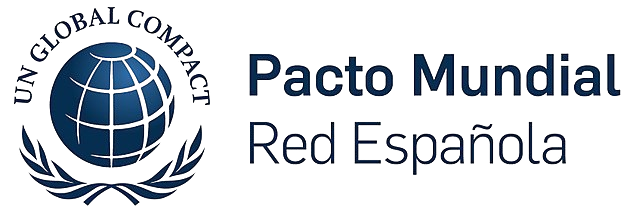








B Corp Certification
B Corp Certification is a global standard that validates companies for their commitment to sustainability and social responsibility, promoting practices that reduce carbon footprints and create a positive impact on society and the environment.
CBAM: EU Carbon Border Adjustment Mechanism
Analyse how the EU taxes imports according to their carbon footprint, the sectors affected, and the steps companies must take to prepare for 2026.
Carbon Border Adjustment Mechanism (CBAM)
The Carbon Border Adjustment Mechanism (CBAM) is a regulatory tool developed by the European Union to prevent carbon leakage and promote global decarbonization.
Guiding businesses towards net-zero emissions through AI-driven solutions.
© 2025 Manglai. All rights reserved
Política de Privacidad